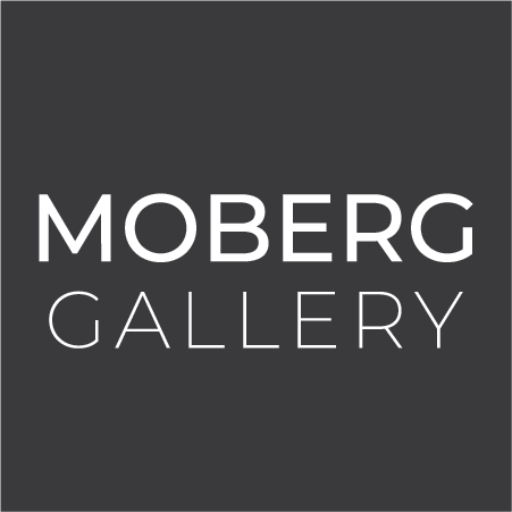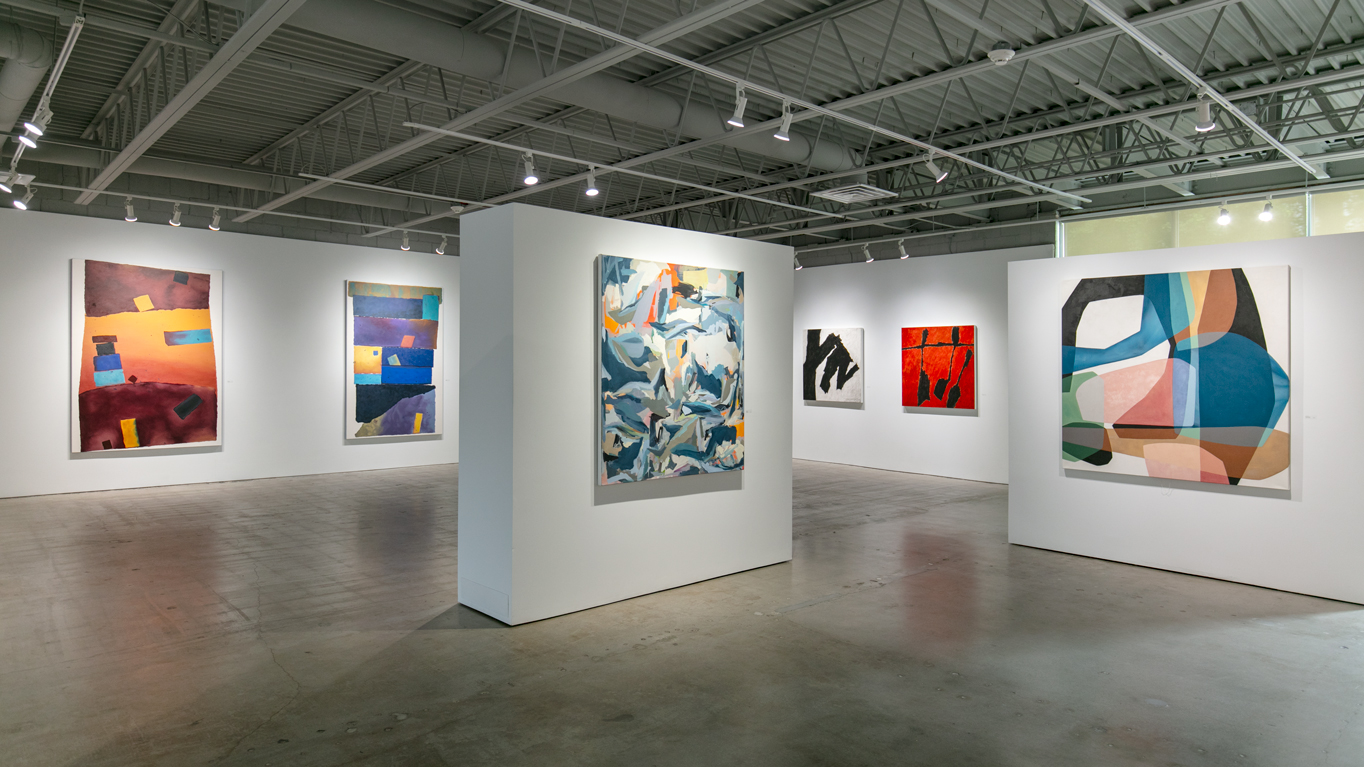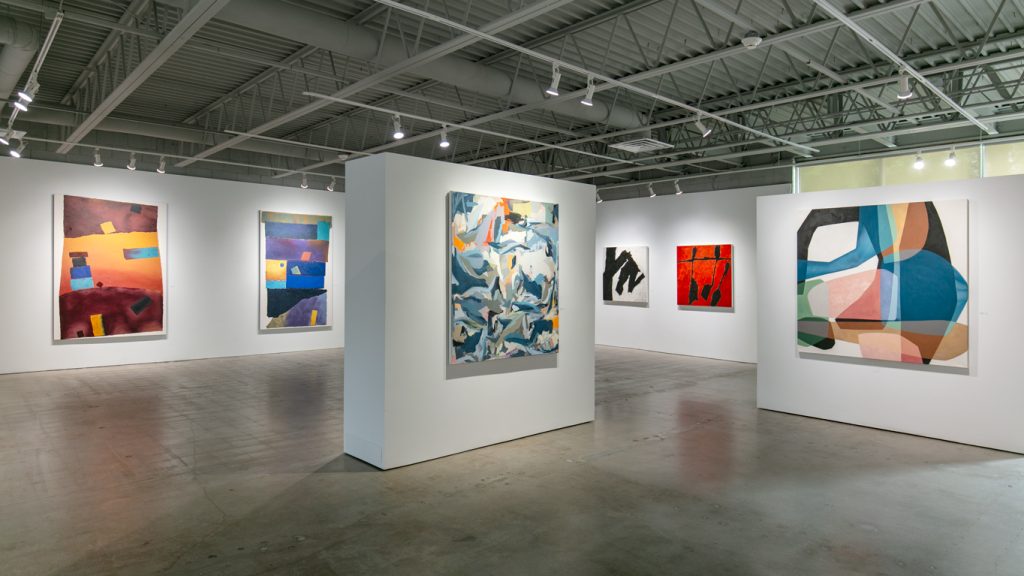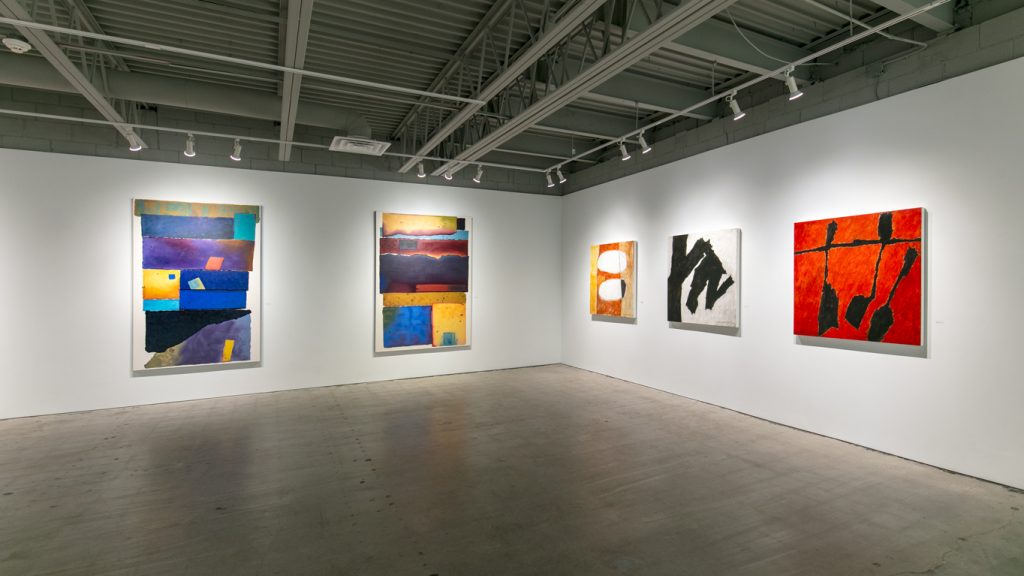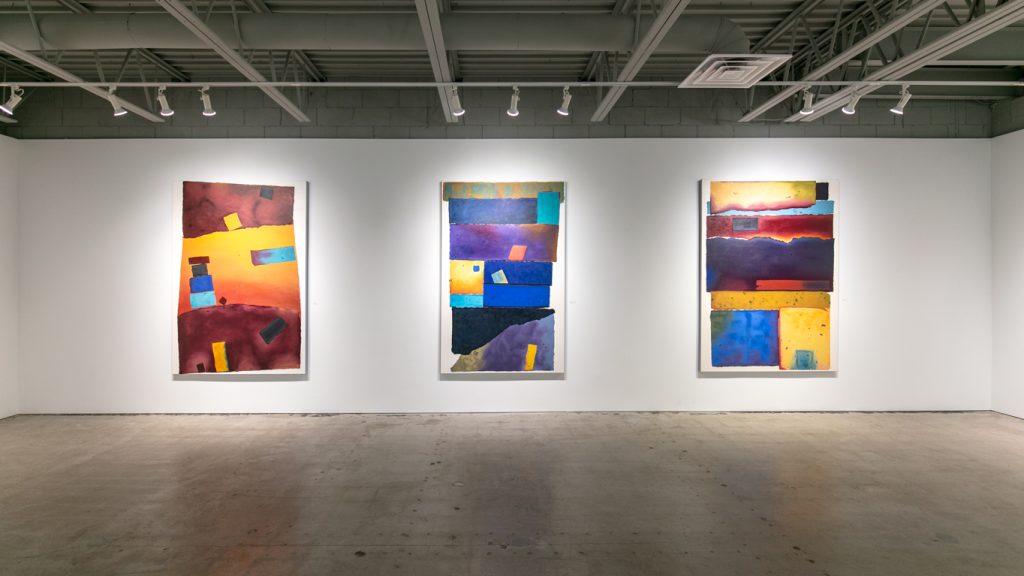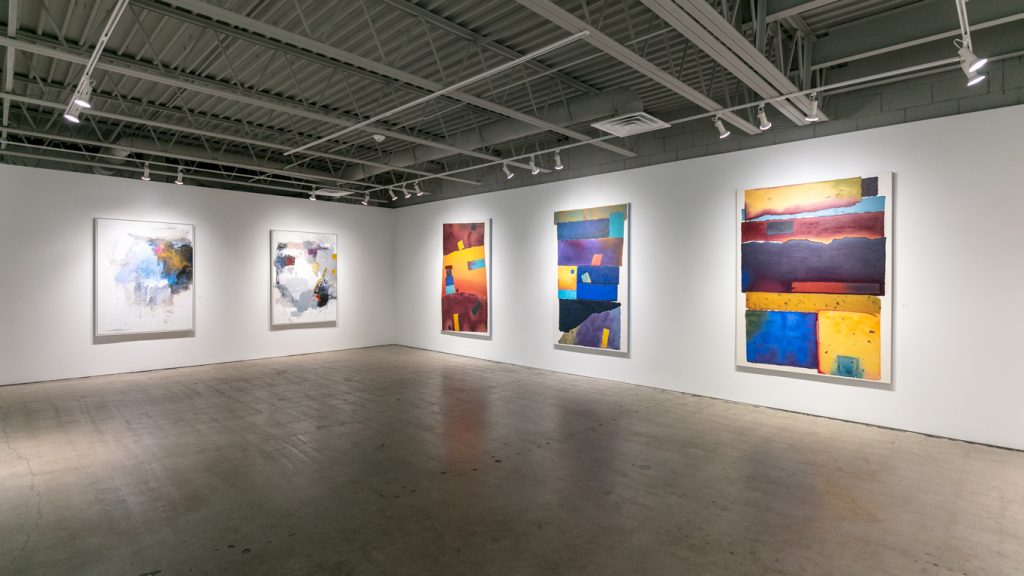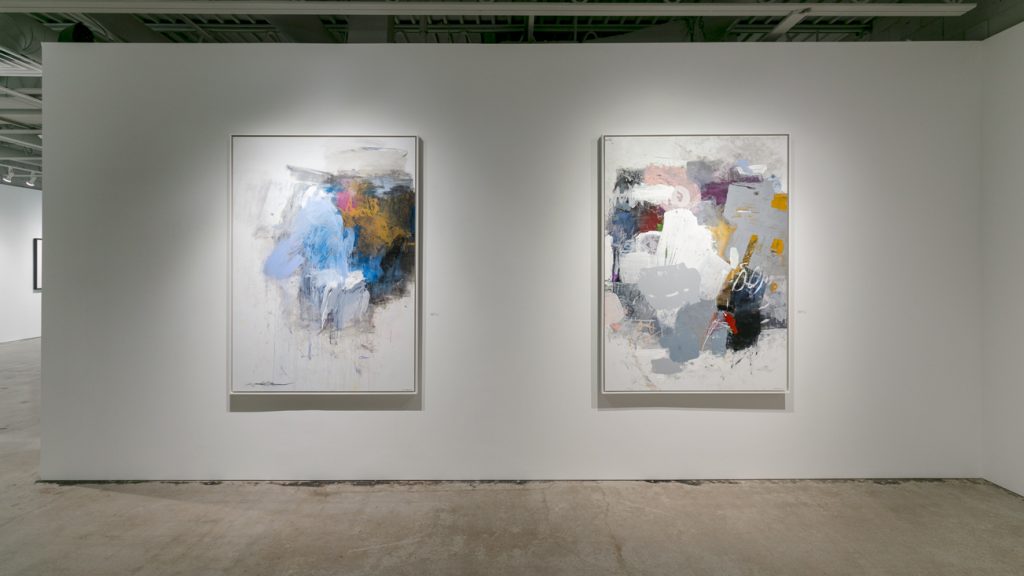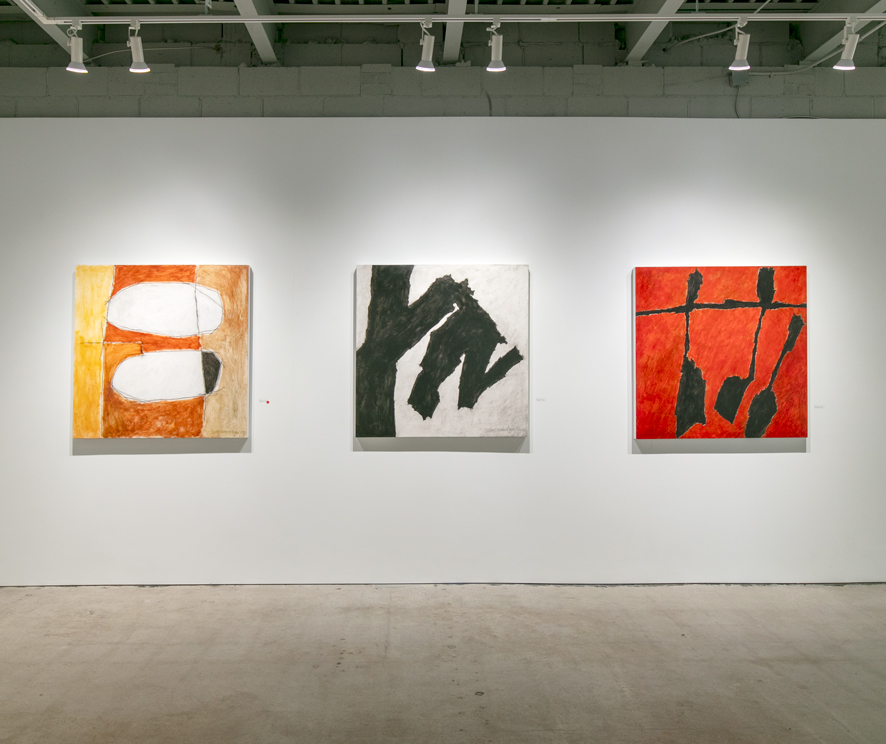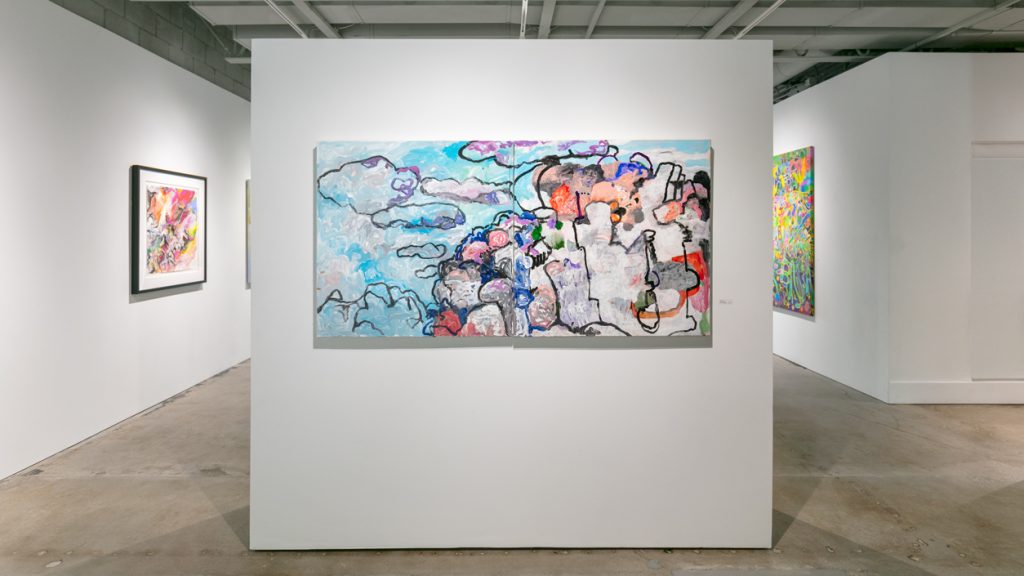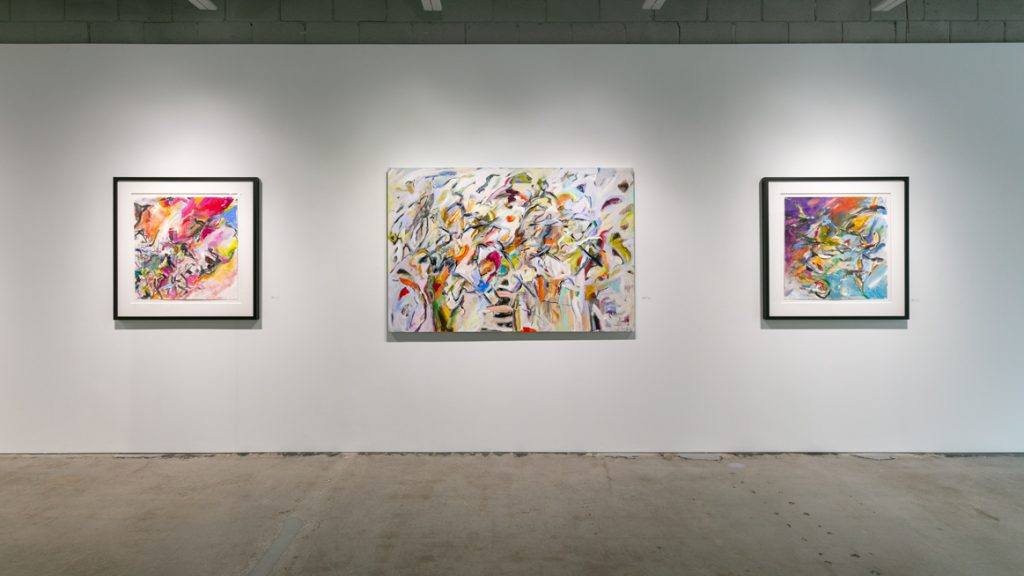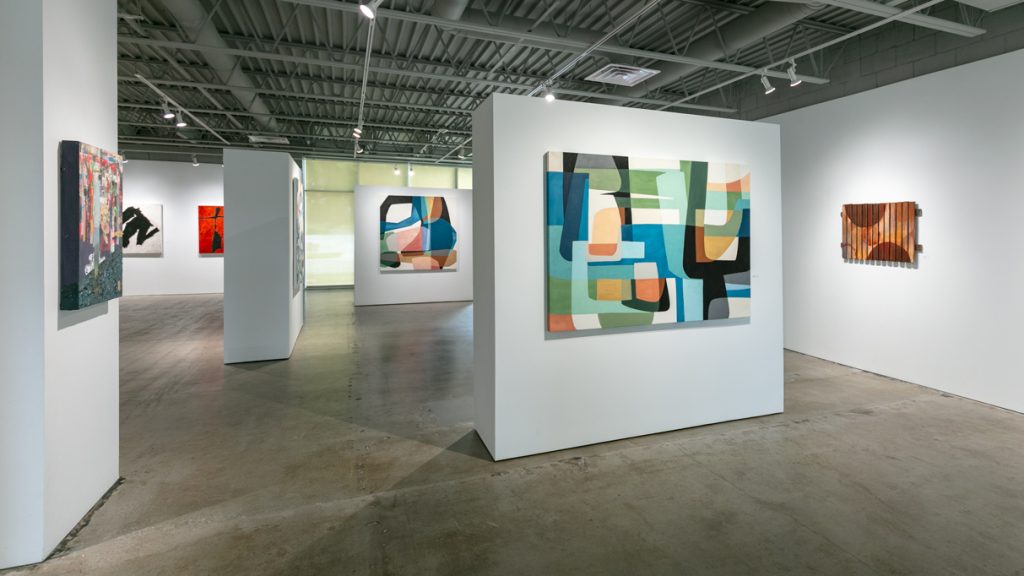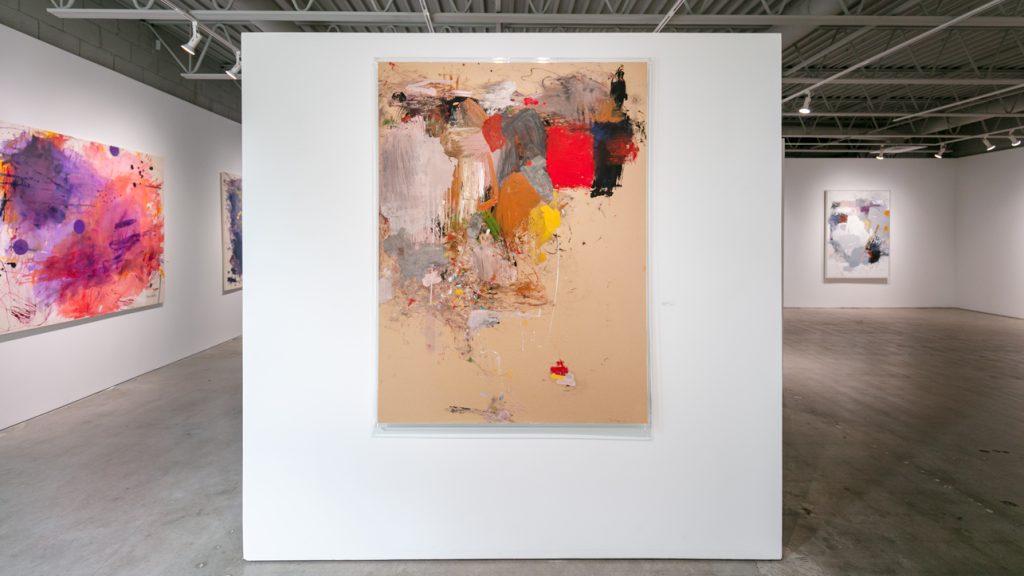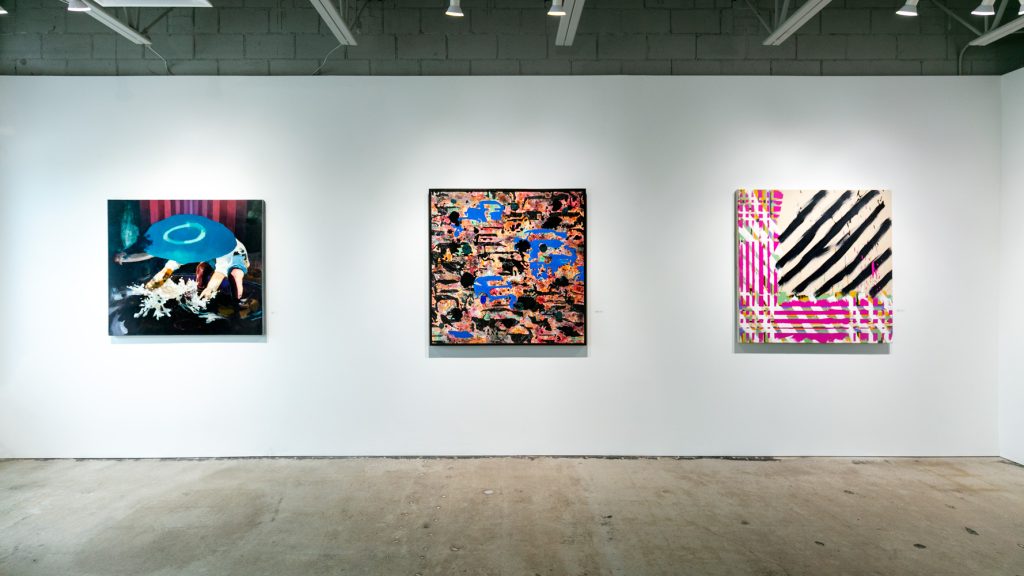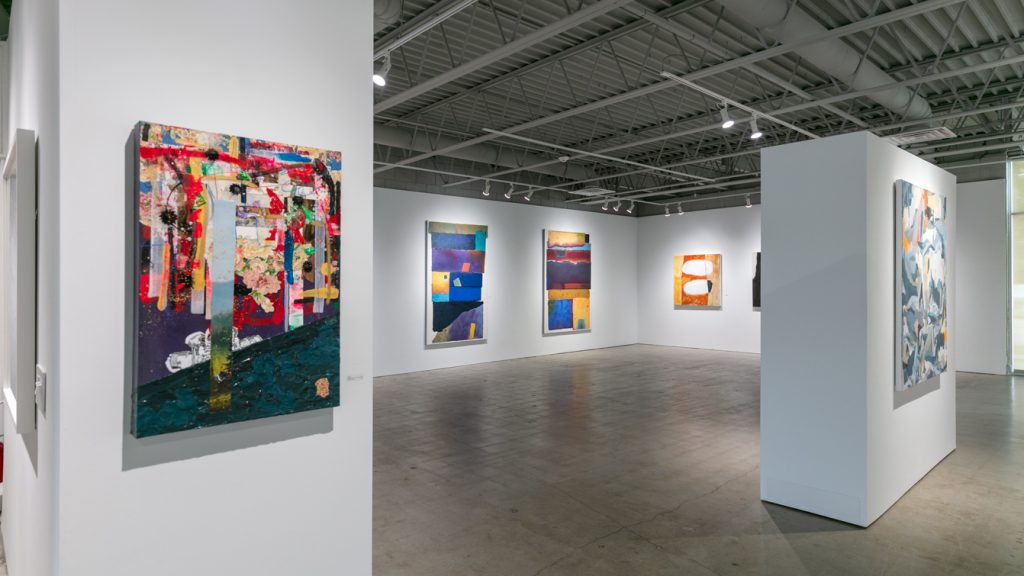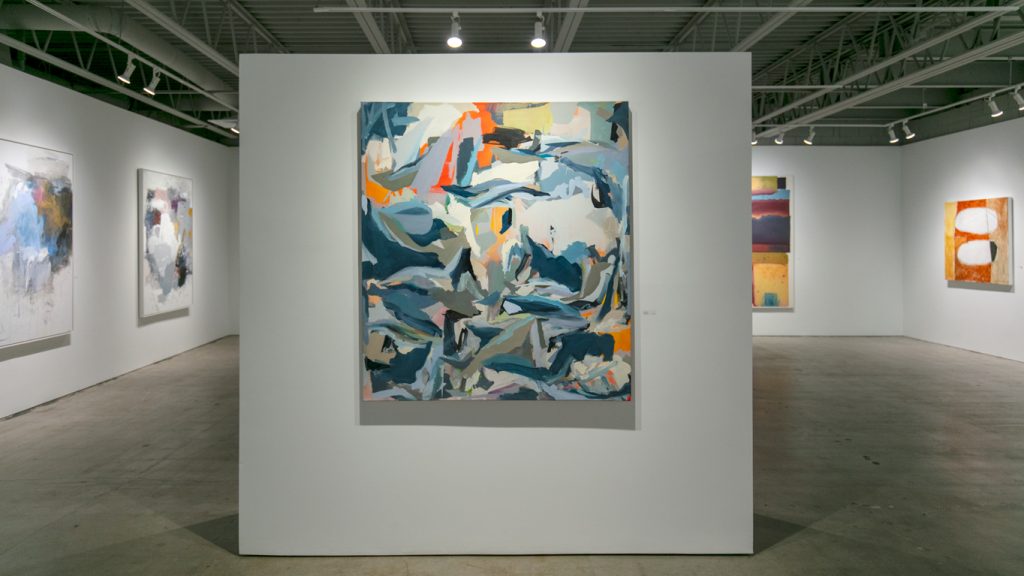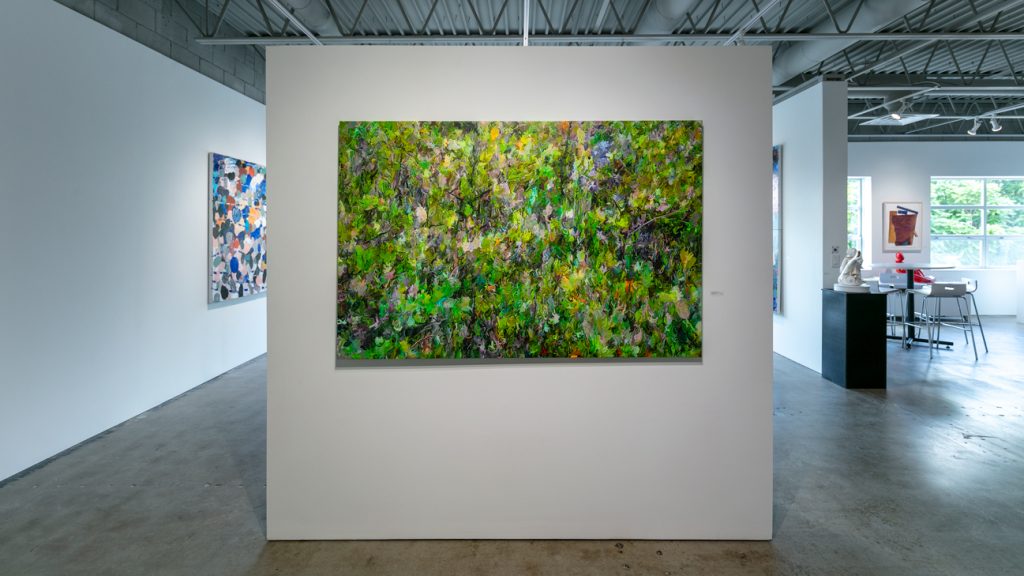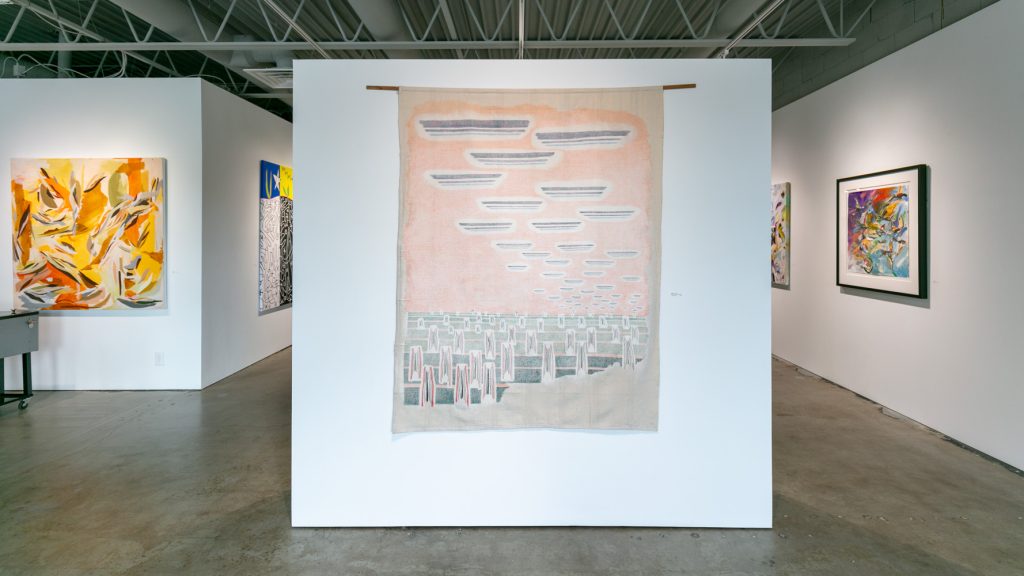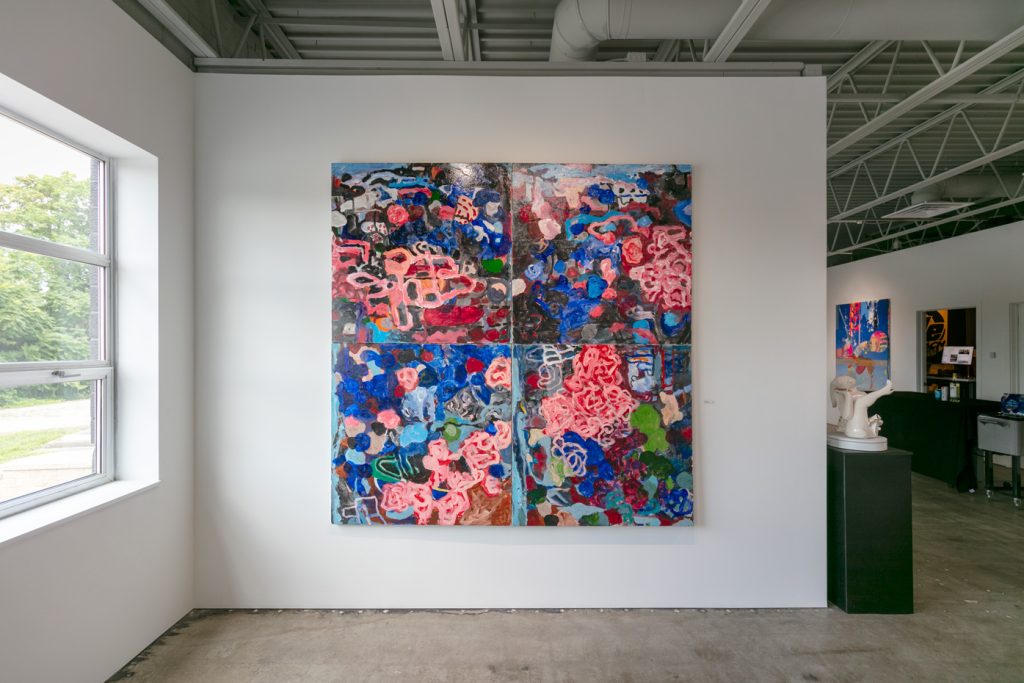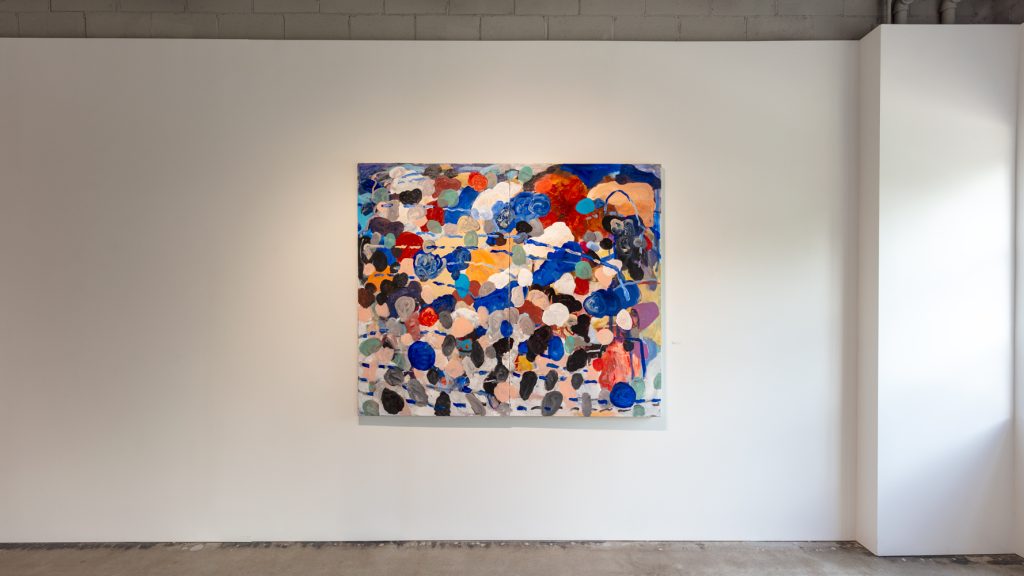TEXT BY MICHAELA MULLIN | VIEW IMAGES
Halfway through another year, and we are celebrating moving forward with an exhibit of work by many of our artists, as well as welcoming some new ones into the stable.
We see the world everyday through our own eyes, and for obvious reasons, we try to remain rooted in a ‘reality’ that can be collectively agreed upon. These artists use their own lenses to make work that not only alters views but makes additional and brand-new perspectives. Summer is a great time to see the world differently, take a break from our own personal realities when possible, and gather to enjoy beauty and fresh ways of thinking.
New works by the following artists are on view: David Dahlquist, Al Harris-Fernandez, Jeffrey Glossip, Sarah Grant, Kenneth Hall, Chuck Hipsher, Thomas C. Jackson, Bill Luchsinger, Kathranne Knight, Lola Montejo, Teo Nguyen, Scott Charles Ross, Karen Strohbeen, and Daniela Schweinsberg; as well as work by new artist to Moberg Gallery: Fausto Fernandez and Wendy Westlake.
Al Harris-Fernandez’s “Jawbreaker,” “Teetotaler,” “Collider” and “Movements” create new horizon, almost fluffy, and yet solid in their lines. Harris-Fernandez uses blues as if they are air and water themselves—elements that are everywhere and get into and through everything. His skies and backgrounds hold up, they hold up the composition filled with curvature. The paintings evoke a feeling of being surrounded by softness with boundaries, as if one is in the midst of a yarning, in multiple verb senses. Or a felting, where the wool becomes an unraveled narrative which has textural shifts and an amassing of shape and pink interference that moves the story forward.
Thomas C. Jackson’s new large-scale Maquette series are oil paintings based on smaller watercolor collages. He renders the composition and shapes, complete with raw imperfections, as he would place torn paper. Stacked blocks with soft corners and edges are depicted perfectly. The abstract nature of the paintings belies the realism that Jackson is making here, in a different medium on canvas, influenced by what was previously created of and on paper.
Sarah Grant’s large-scale painting, “Snow on the Forest Floor,” and two smaller paper works, “Dust Storm” and “In a Tree” are flurries of color and line. The focal points of these seem clear but then wander, and one finds themselves wanting to sort of dance their upper body around, moving to and fro to find the next magic mark, the next entry into a new portion of the satisfying whole.
Scott Charles Ross “Earth” and “Fire” are stark yet warm(ing), in their earth tones, rustic reds, and black, the square paintings freeze us but only for a moment. Lighter lines and oval shapes in quieter colors, in “Earth,” calm us, and “Fire” takes over, blazes into us, so to speak, with the thick black lines that with their jagged edges pave a way through the flames.
Kathranne Knight’s new work, “Soft Ground (for Kin)” is on unstretched canvas and presents like a tapestry or rug. Using colored pencil on gessoed canvas, with fine stitching around the edges, a sense of history is created within this new contemporary work. A landscape from the future which feels like it has been made long ago—this is the beautiful discovery and anachronism of Knight’s new foray into drawing on canvas.
Chuck Hipsher’s “Days of Candy,” “Vonnegut,” and “Skying” are a perfect tripling. Hipsher’s horizontal lines offer girding for the explosive drama that inevitably happens somewhere on the picture plane of his substrates. What is important in these mixed-media paintings is that viewer ballistics can determine to and from what origin point, though it may change, time and time again, and the projectiles come in all shades and color.
Bill Luchsinger’s new digital painting, “The Color of Leaves” is a pictorial depiction of what it is to not see the trees for the leaves. And that is the point. Small thin branches and trunks can be found amidst the overflowing bouquet of leaves in greens and yellow and lavender. Small punctures of red and orange lift the greenery as little flower buds will do. But the impressionistic style of this work means for the eye to take in both the overall and get glimpses of the specifics, to offer double the reward.
Karen Strohbeen’s two playful works, which also fit together in diptych form, “On a Good Day I and II,” exemplify the best of a few worlds—distinct black and white, b&w with a touch of color, and a full-on blending of it all to exhibit what appears as watercolor or batik on textile. Any of these combinations can make for a great day.
Lola Montejo’s “Autumn Onset” appears as ruffled strokes of fall colors in a well- choreographed tussle, reminding one of the acceleration of falling objects—all of these shapes and strokes appear to be falling together, at the same speed. This painting is a wonder of composition with no air resistance, where things are equal, and mass is no matter. “Last Motion” is darker, bluer, and renders similar strokes as more proliferate, more grounded, as if what was separating is now reconvening.
Jeffrey Glossip’s “2022.453 and .18” square off in the show, but it’s all just for fun. These grid-like works ultimately falter as such, choosing to break off where order might have been. Making maps, diagonalizing feeling, and using paint to drip in a confetti-like manner, small but not quite imperceptible, in the party colors—these paintings certainly favor joy over rigidity.
Daniela Schweinsberg’s “Me Too” and “Violet” are dervishes of color, sometimes paused with a magenta dot or rogue black seeds of paint on the periphery of the painting. The violence of the strokes is subsumed by the playfulness that comes out of them—sectors of pinks and purples, as if the palette on which she mixes becomes the canvas on which she paints.
David Dahlquist’s “Sun Spots” is a stunning addition to his ceramic fence series; this one, a small section of “fence” has almost-perfect circles, or spots. In brown, yellow, rust, and aubergine, the seven orbiting and discernable dots are emphasized differently. While these spots look very concrete and real, the viewer can also imagine them as phosphenes—visual light trails when we close our eyes.
Kenneth Hall “Sending Mixed Signals” is the most figurative work in the show, and it is a depiction of something you can’t quite discern. Does it take you aback or make you move a little closer? A small figure bends over, making splashes in a liquid. There is an apparent fifth appendage— or is it coming from the left of the canvas. Atop the figure’s head, is a disc of some sort—hat? Saucer? It hovers in its deep sky-blue, but one gets the sense its hovering is actually cover for what is truly at a hidden core of the body’s leaning and mixing.
Teo Nguyen’s three large-scale acrylic paintings on vellum (mounted to dibond) in his “Random Reverie” series are like exquisite unidentified flying objects. The subjects float on the paper, never quite landing in a foreground, and almost always making accessible some expansive background around them.
New to Moberg Gallery is artist Fausto Fernandez, with “Propeller” (collage, acrylic and spray paint on canvas” and “General Lane” (laser-cut collage, spray paint, and resin on canvas). Fernandez collages in a way that welcomes the chaos of working with mixed-media and spray paint. Black resin in “General Lane,” with the blue laser cut architectures, finds some uniformity, but “Propeller” takes its combinatory concept a little further, using more disparate things and images, such as cut out flowers, which lighten the blue-black and red weight of the work.
Also new to the gallery, Wendy Westlake paints large acrylic works on canvas. “Once for All” and “With No Reply” overlap organic shapes atop white background. This offers crisp and clearly delineated compositions, but with gradations of blues, oranges, greens, and black emerging at the point of each shape touching. Westlake uses negative space as negative shape well, insisting that all components of each painting are integrated and integral.
Contemporary Abstraction 2023 runs through Saturday, August 19. And look for information about our final summer exhibit, On Edge, opening August 25.
Exhibit Images
